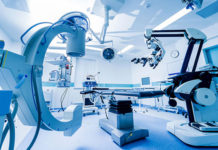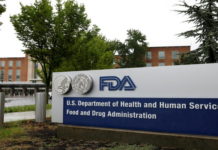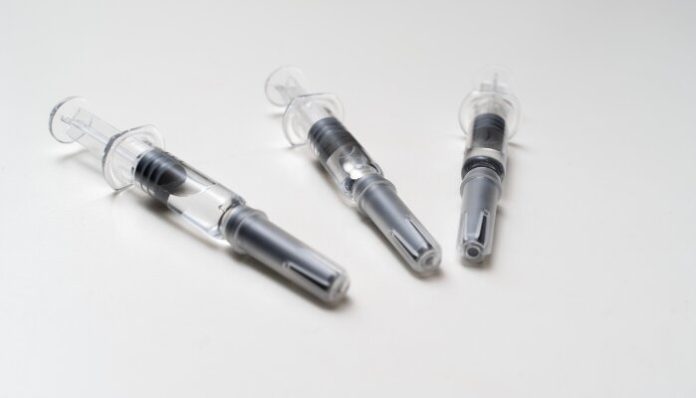Over the last two decades, technology has greatly expanded our capabilities and, consequently, raised expectations for manufacturers. These evolving capabilities have often aligned with, or perhaps even influenced, significant growth in certain pharmaceutical segments. One such niche is prefilled syringes, which have seen a remarkable surge in popularity in recent years. Without new automation-enabling technologies, meeting the growing demand for prefilled syringes would have been nearly impossible. In simpler terms, it’s like having a cart with no horse to pull it. The demand for prefilled syringes has increased not only due to the COVID-19 crisis but also because a wider range of companies, like compounding pharmacies, have started utilizing them.
Compounding pharmacies, a relatively recent phenomenon, have unique needs as they handle various containers. The diversity of prefilled syringes has also expanded, covering a wide range of areas, including COVID-19 and other vaccines, pediatric medications, oncology drugs, ophthalmic treatments, and even veterinary medicines. This article explores how advancements in automation technology have made large-scale production of prefilled syringes faster, more precise, and capable of meeting diverse patient requirements.
Why Prefilled Syringes?
To understand the prominence of prefilled syringes, it’s crucial to consider the factors that led to their popularity. Prefilled syringes simplify and enhance safety for both healthcare providers and patients. The reason is straightforward: reducing the number of steps involved in administering medication reduces the chances of errors or injuries. Prefilled syringes come with the correct dose of medication, clearly marked and ready to use, eliminating the need to draw from a vial, which can lead to dosage errors or contamination. For expensive drugs, minimizing overfills is also financially advantageous.
Prefilled syringes offer safety benefits to those administering medications, as they reduce exposure to needlestick injuries and often come with needlestick safety devices. With the increasing trend of administering injectable medications outside healthcare facilities, simplicity is crucial, and prefilled syringes provide that simplicity.
Government authorities, including the U.S. Food & Drug Administration, have recognized the advantages of prefilled syringes, recommending or mandating their use for certain complex or biologic drugs. This ensures proper dosage, reduces contamination risks, and facilitates novel injection formats, such as dual-chamber syringes.
Automation in Prefilled Syringe Production
Producing prefilled syringes presents a challenge for pharmaceutical companies due to their wide range of formats and the precision required in the filling process. Automation in prefilled syringe production typically includes certain fundamental features. The machinery should handle various syringe formats, differing in length, diameter, tips, and caps, including safety caps.
The type of syringe also affects the filling process, requiring flexibility in automation. Automation should be capable of filling through various methods, such as ceramic piston, peristaltic pump, or direct draw from a reservoir bag. Through-the-tip filling is preferred as it reduces the risk of air bubbles in the final product.
While specialized applications may require single-function machines, the ability to produce numerous precisely filled syringes, even in small to medium-batch production, makes automated equipment a practical choice over manual filling.
Manual syringe filling still exists in certain environments like hospital pharmacies, compounding pharmacies, and R&D labs. However, automating some of the processes in these settings remains beneficial, reducing errors, contamination risks, labor costs, and repetitive motion injuries. Benchtop syringe filling machines offer a straightforward and compact solution in these settings, providing operator safety, easy changeover, and flexibility for various syringe sizes and product types.
As the applications for prefilled syringes continue to expand, the demand will grow further, driving innovations in automation technology to meet market needs. Cutting-edge technology will be essential to unlock the full potential of this drug delivery device.






















